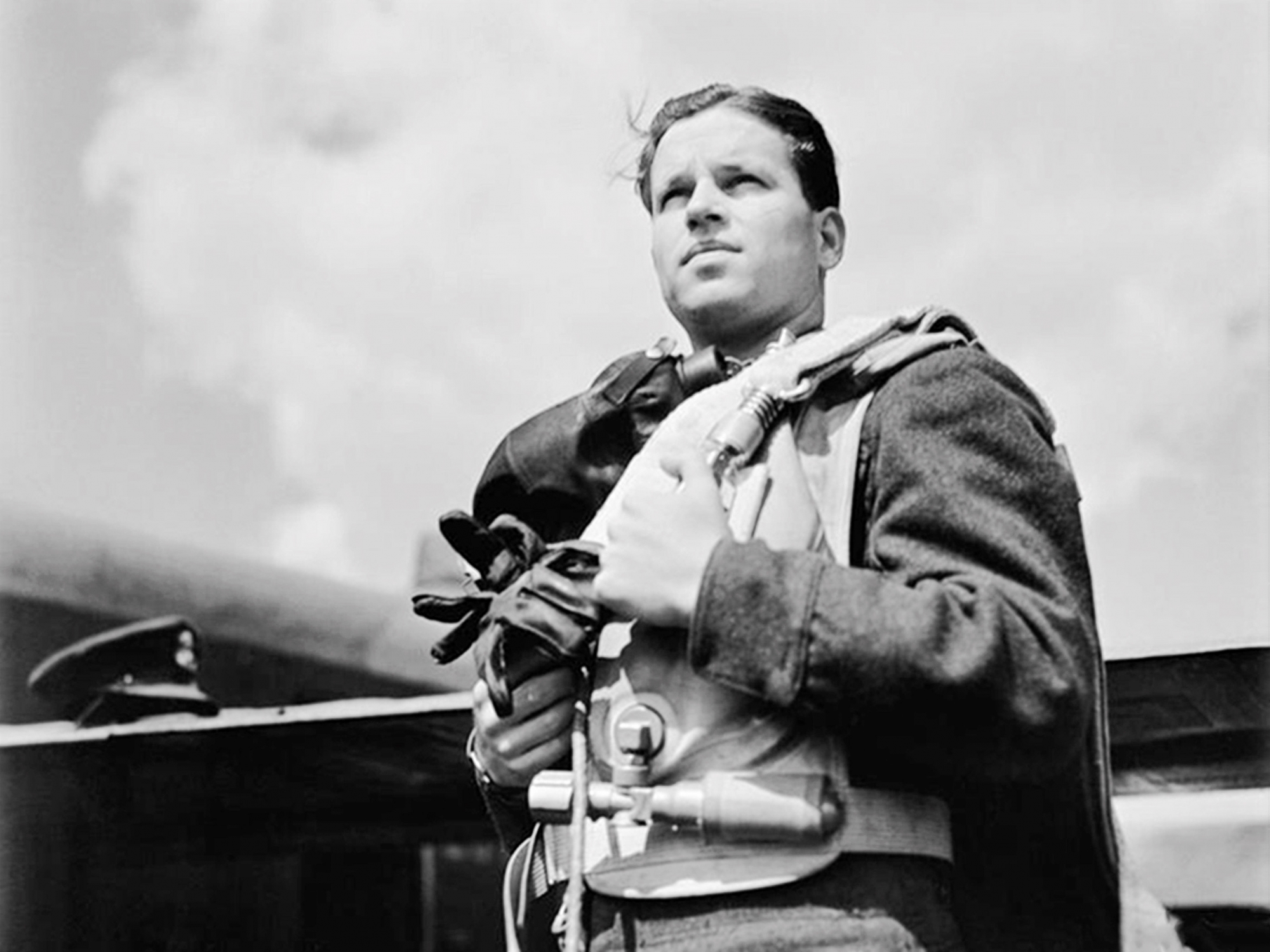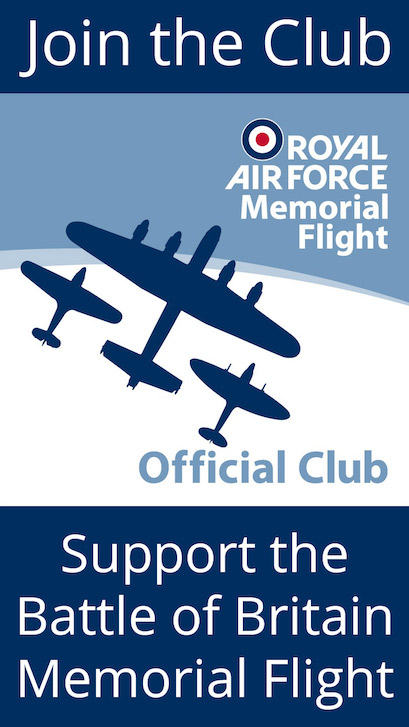Guy Gibson’s last flight – September 1944
Header image: Wg Cdr Guy Gibson VC DSO and Bar DFC and Bar, one of the most famous and highly decorated RAF pilots of the Second World War, was killed flying on ‘ops’ in September 1944.
Eighty years ago this month, on the night of 19th September 1944, Wing Commander Guy Gibson VC DSO and Bar DFC and Bar, probably the most famous RAF pilot of all time, was lost on a bombing operation in a de Havilland Mosquito. Despite all that he had achieved, he was still just 26 years old when he died.
After the ‘Dams Raid’ in May 1943, for which he became so famous and was awarded the VC, and having flown on more than 170 wartime operations including 99 as a night-fighter pilot, Gibson was stood down from any further operational flying. He was sent to Canada and the USA for a publicity tour and returned to Britain in December 1943 and into a desk job. Then, in mid-June 1944, he was posted as a staff officer at HQ 55 Base, East Kirkby, Lincolnshire, with responsibility for operational planning. On 19th July, despite being officially grounded, Gibson piloted a 630 Squadron Lancaster on a daylight raid against a V1 site at Thiverny, France. Clearly, his craving to fly on operations had not been sated.
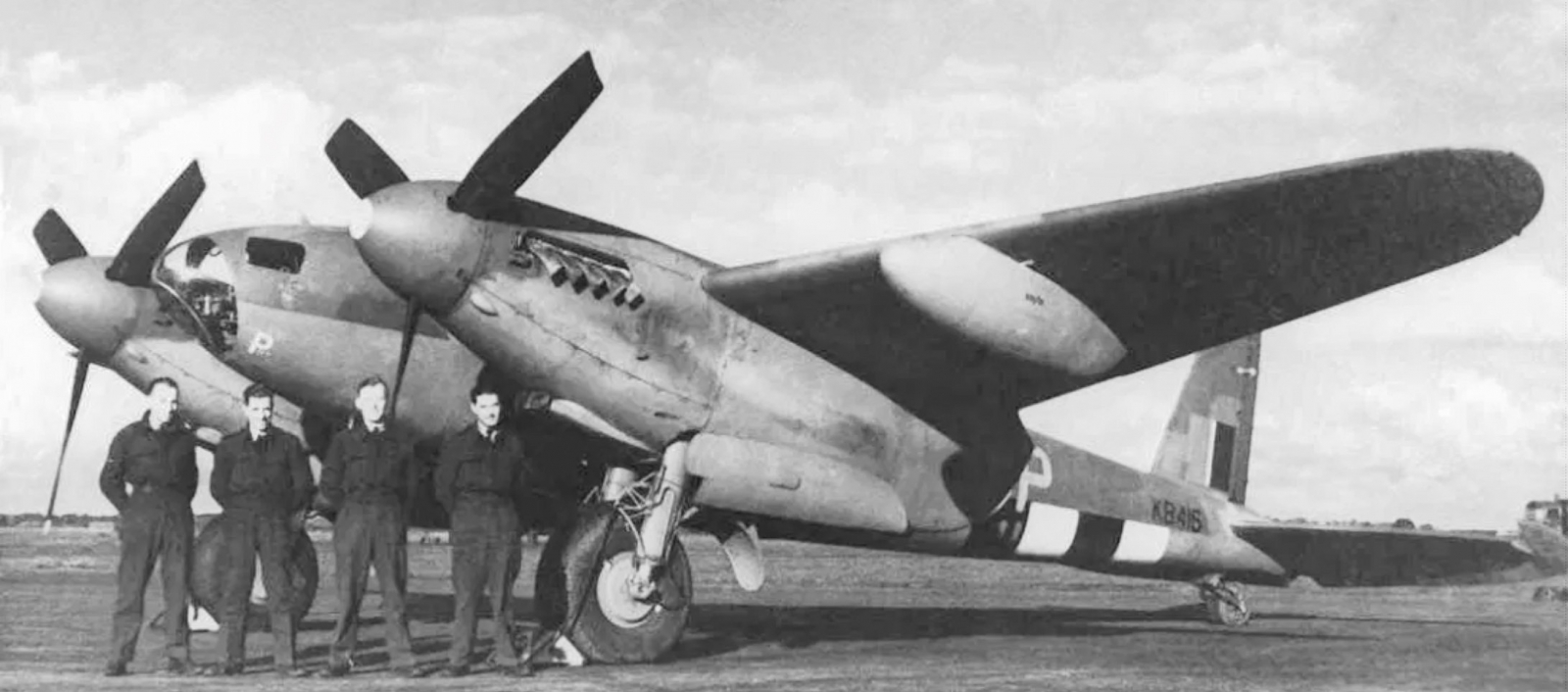
On 2nd August 1944 Gibson was moved to Coningsby as the Base Operations Officer at HQ 54 Base (responsible for Coningsby, Woodhall Spa and Metheringham airfields). He was still officially in a non-operational ground post, but he managed to fly three more individual operational missions, two during August in a Lockheed P-38 Lightning on loan to the base for trials and operations, and an ‘op’ to Le Havre on 10th September in a DH Mosquito on loan from 627 Squadron at Woodhall Spa. However, his persistent requests for a full return to ‘ops’ were firmly refused by higher authority. Finally, on 19th September 1944, Gibson was granted permission to fly one final ‘op’ as the Master Bomber for a raid targeting railway marshalling yards and industrial targets at Rheydt, a borough of Mönchengladbach in western Germany, which was considered a ‘soft’ target. The bombing force consisted of 227 Lancaster bombers and 10 Mosquito target markers, including Gibson’s.
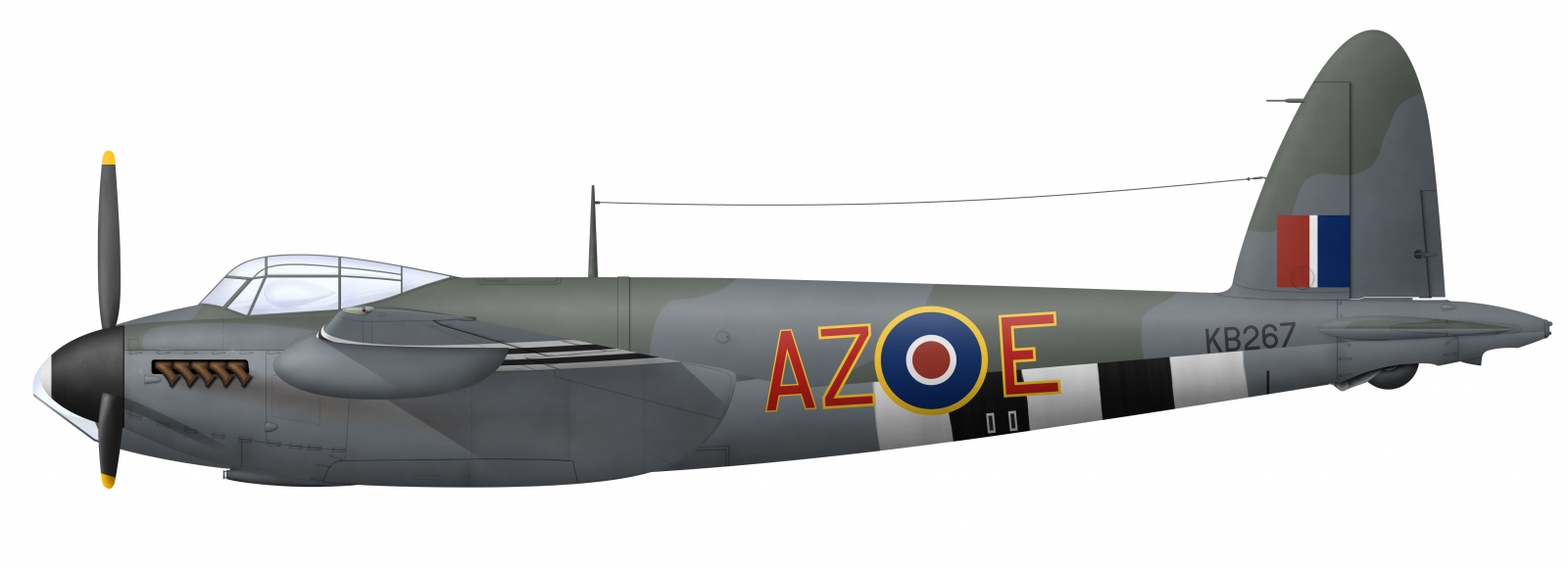
For this mission, Gibson flew 627 Squadron Mosquito B.XX KB267, ‘AZ-E’, “E-Easy”, which was loaded with red target indicators (TIs) in the bomb bay. Gibson’s log book, which he had last updated on 16th September, shows he had flown 9 hours and 35 minutes on Mosquitos up to this point, but this was only his second operation in the type. His navigator that night, Squadron Leader Jim Warwick DFC, was on his first sortie in a Mosquito. They took off from Woodhall Spa at 19:51 hours and headed towards Germany. The raid, controlled by Gibson, was an overall success and, with bombing complete, his Mosquito was heading home some 20 minutes after the last target markers had been dropped. On the return flight Gibson’s aircraft crashed in the Netherlands, killing both of the crew. The graves of Gibson and Warwick are in the Steenbergen-En-Kruisland Roman Catholic Cemetery in the Netherlands.
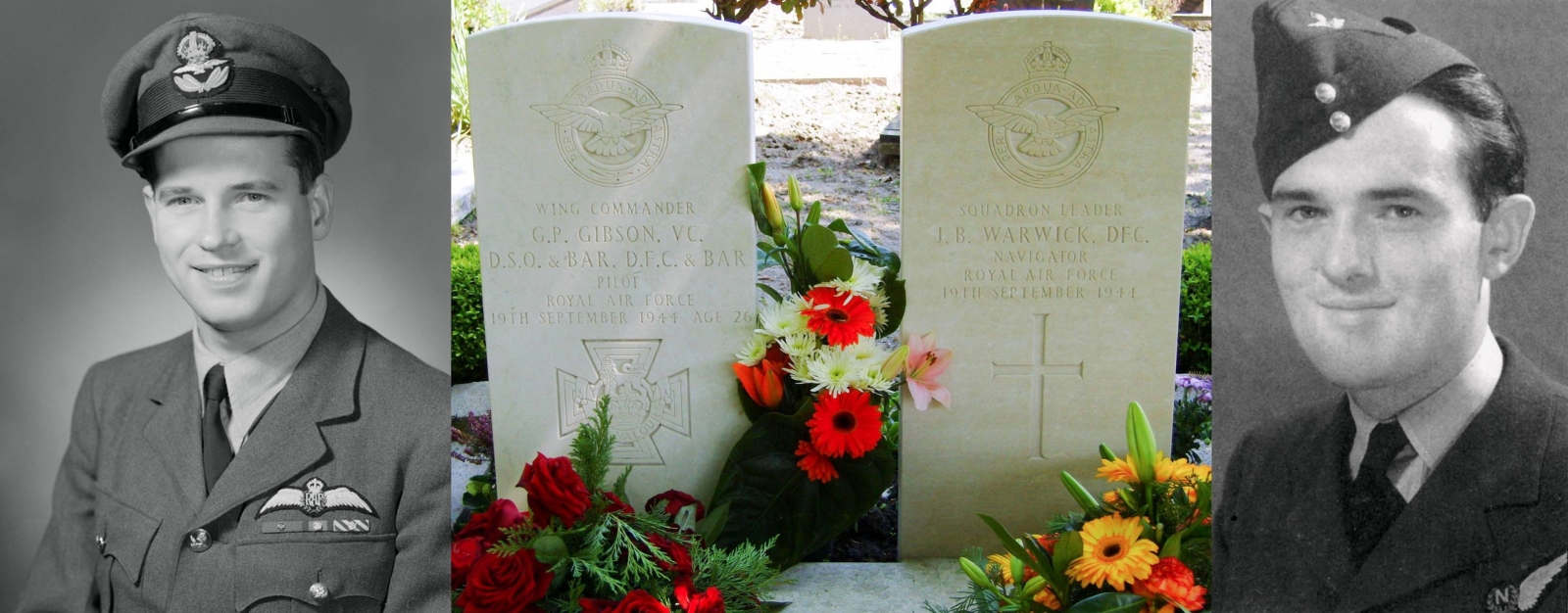
The deaths of Guy Gibson and Jim Warwick have always been shrouded in mystery; the cause has been the source of much speculation with various theories being postulated. We may never know for certain what happened to Gibson, Warwick and their Mosquito, but in recent years a theory that Gibson’s Mosquito may have been brought down by ‘friendly fire’ from a Lancaster rear gunner has gained growing credibility with aviation historians. Sergeant Bernard McCormack, a rear gunner in a Lancaster of 61 Squadron returning from the same raid that night, may have mistaken Gibson’s Mosquito for a German Junkers 88 night-fighter. He fired 600 rounds at an aircraft he thought was a German night fighter and shot it down. The German’s did not lose any aircraft that night. This may well have been Gibson’s Mosquito.
Guy Gibson was a hero in the truest sense of that word; he was a warrior with a formidable record and an unmitigated desire to take the fight to the enemy. His death, 80 years ago this month, was a tragedy not least because he had already done more than could be asked of him and he did not need to be flying operationally.
LEST WE FORGET

